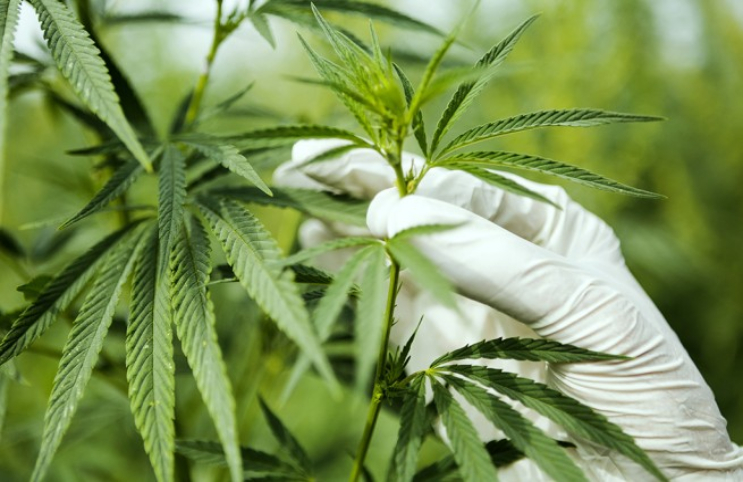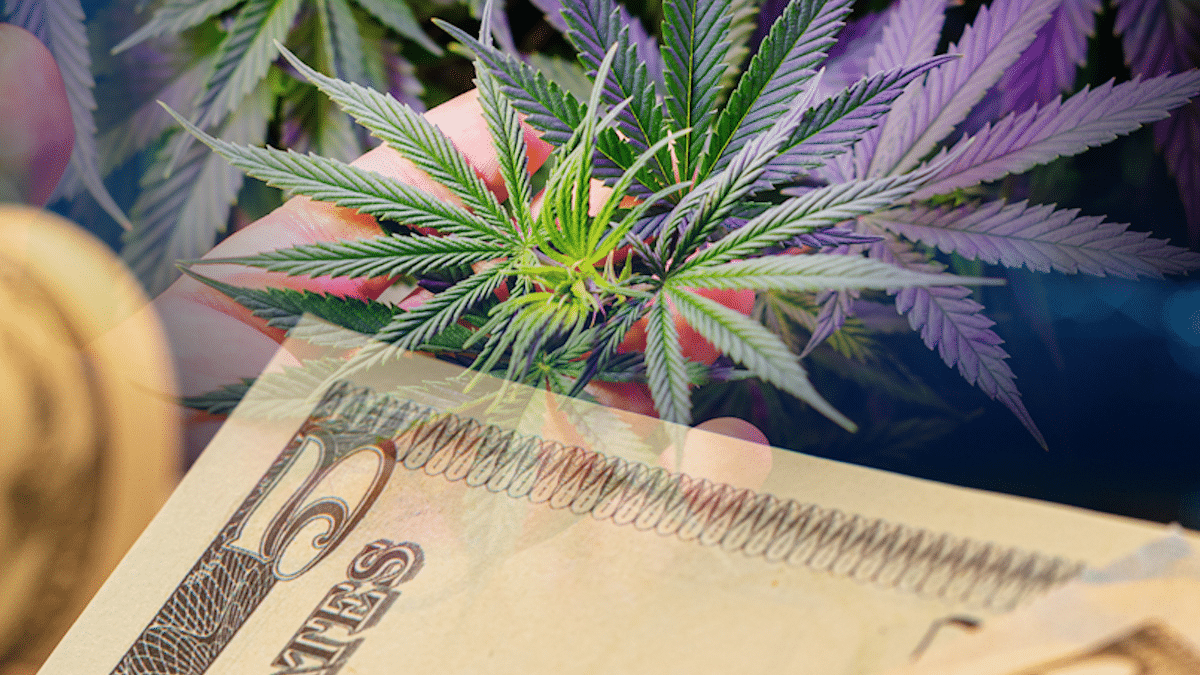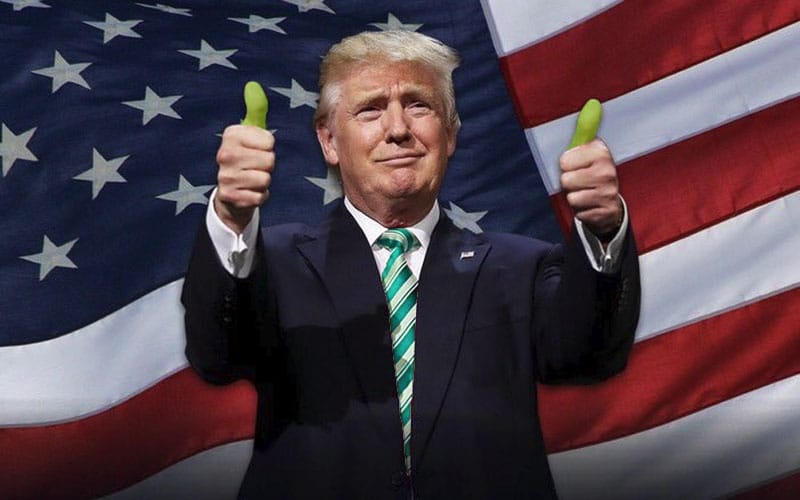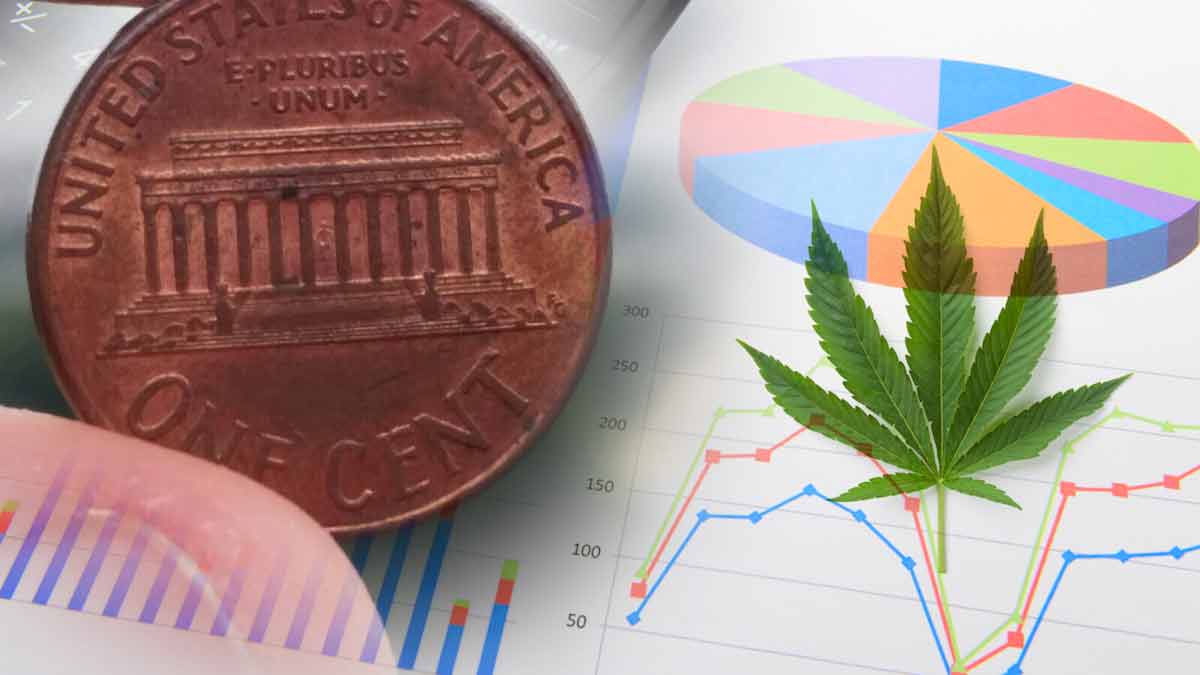With the legalization of adult use of recreational marijuana in Canada expected to go through this summer, the marijuana market should take flight like no other, but that’s not what the numbers are showing.
Wall Street’s earnings per session (EPS) for 2019 estimates an overall decline across the board in the first year of legalization. The past has painted an unsavory picture for profits from legalized cannabis before, but analysts really have no model to refer to. These estimations, likely a direct result of the unpredictability of consumer demand, is surprising considering the industry’s projected promise.
The industry is, in collective stocks, said to be worth a whopping $30 billion. That leaves it with the capability of sales concerning cannabis-based products to reach a staggering $200 billion over the next 15 years. In America, where recreational use is only legal in eight states and the District of Colombia, cannabis sales already hit $50 billion a year. Compare that to the $75 billion raked in by tobacco and the $60 billion from wine, and the temptations to invest in this money-making opportunity as soon as possible are almost overpowering, but getting in this late in the game can prove a risk to investors as weed stocks are currently too high.
Investors presently putting their money in this industry are doling out 15 times the cash flow the industry is projected to earn five years from now. Meaning, they aren’t going to be seeing their desired, big returns for quite some time. Companies are now trading at 100 times recorded 2017 sales, a considerable amount more than profits for that year as well. This is all only if the industry can bring its estimated $9 billion annually over the next few years.
Ideally, this market will boom and leave Canada as a world leader in a highly anticipated global market. Historically, like what happened in 2012 with the legalization of recreational weed in Colorado and Washington, prices saw a considerable drop. This is likely due to the relationship of ever-rising supply in correlation with plateauing demand. Rubin’s New Leaf Data Service, a major supplier of financial, industry and business data for the North American marijuana market, has a Cannabis Benchmarks Index that reports weekly statistics in hemp plant sales. They recently reported that Colorado’s Demand Growth has continued to shrink for this year.
A surplus of suppliers in Canada is a very real possibility for the marijuana market. Currently, the market is congested with its fair share of medicinal suppliers, but as legalization looms, illegal growers will also be able to profit from this global market opportunity. Reports estimate the illegal Canadian marijuana market to be worth approximately C$7 billion annually, just a small chunk of North America’s $50 billion black markets. That is C$7 billion worth of untaxable, annual revenue that, in a few short years, can now be capitalized on by the Canadian government.
In opening the market to all, Canada is creating fierce competition platform within their own country where companies will drive their prices down to appeal to customers. Black-market traders are said to be planning retribution to this tax by selling their products at C$6 a gram, whereas legal dispensaries will be selling at C$10 a gram. Big-name medical marijuana plants like Canopy-Growth and Aurora Cannabis Inc. are spending every available cent to expand their facilities and increase production in the hope that they will be able to forge ties in foreign markets.
This has the possibility of revenue when the market initializes later this summer.
Though this rapidly-growing industry has shown increasing promise, there is no telling which way it could go. Analysts are at a loss and predictions are based on numbers from current sales. The only surefire way to see if these estimations are correct is to watch the market closely as legalization looms.
MAPH Enterprises, LLC | (305) 414-0128 | 1501 Venera Ave, Coral Gables, FL 33146 | new@marijuanastocks.com









